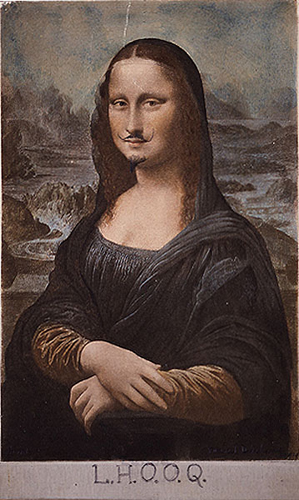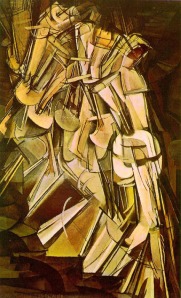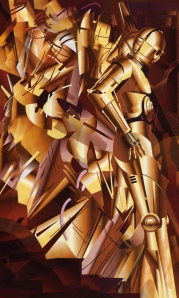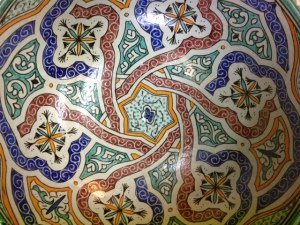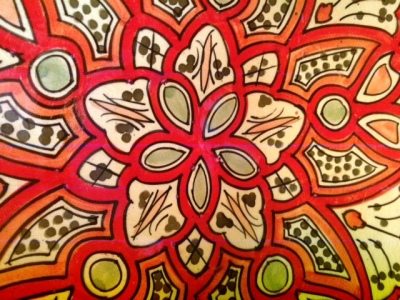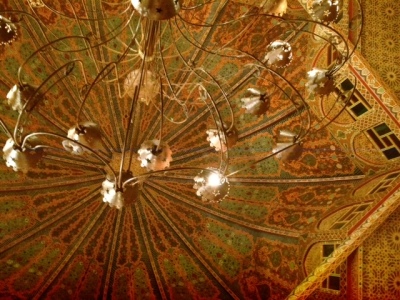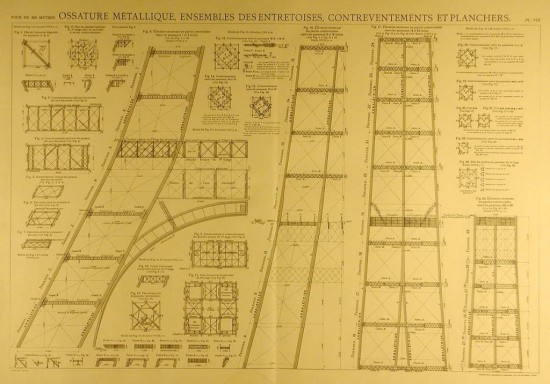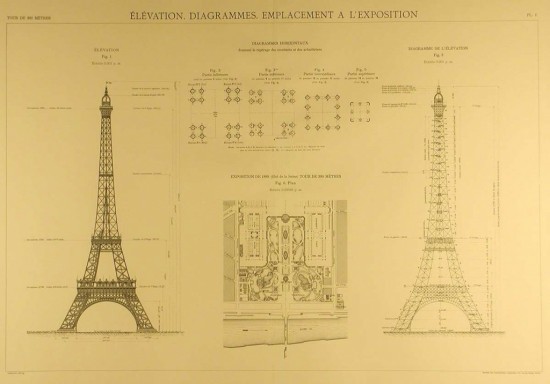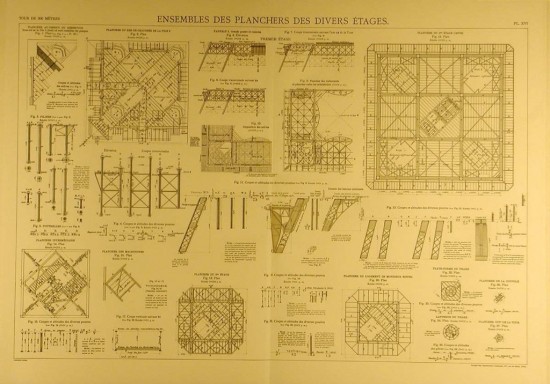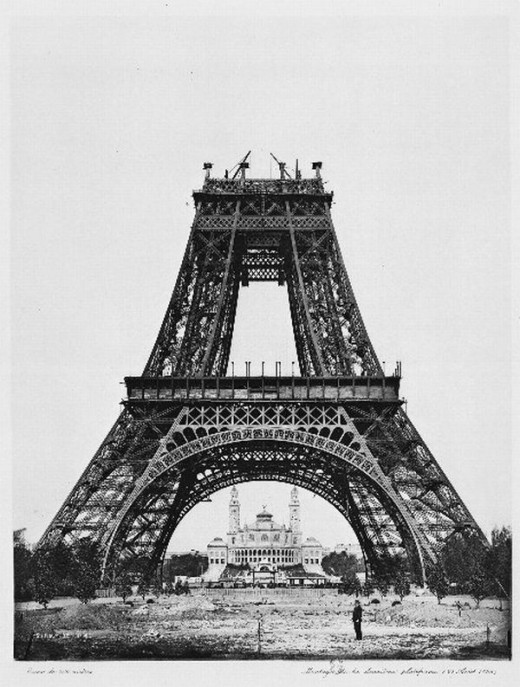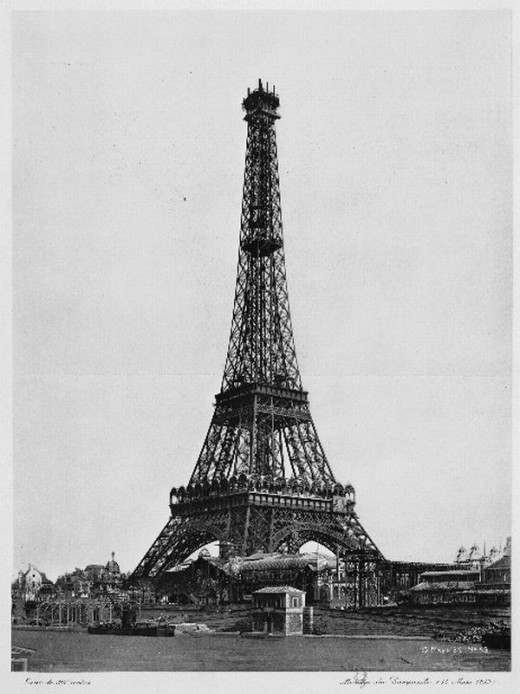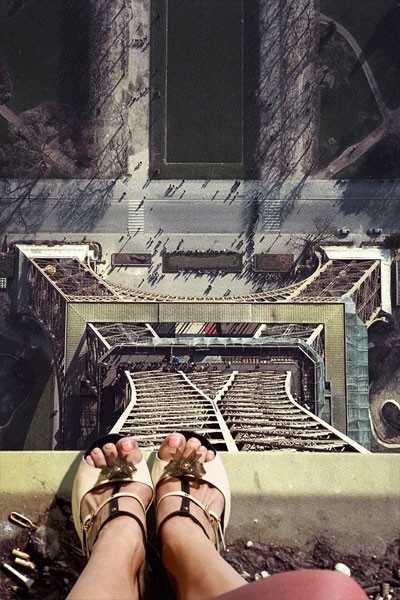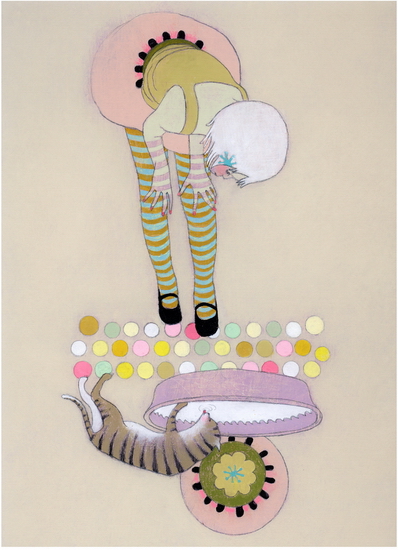 A friend of mine recently purchased this historical house built in the 1930s. This wonderful old home is full of detail and architectural interest and interestingly, was transferred to him not quite empty. The lovely old study came with a rather motley collection of faded books on the library shelves. This collection of books, an assortment of old book club selections, spans a period from 1930 to 1984. Apparently, it was collected and left on these shelves over an eighty year period by the families that had lived in the house. New books had not been added for the last thirty years so all of the books are homely and faded, and are old enough to evoke a guilt of sorts when considering exactly what to do with them. I think, rather than representing the “great gift” the previous owners implied, the books really were a big old pile of books that hadn’t been read for years, that no one knew what to do with and everyone felt too guilty to dispose of.
A friend of mine recently purchased this historical house built in the 1930s. This wonderful old home is full of detail and architectural interest and interestingly, was transferred to him not quite empty. The lovely old study came with a rather motley collection of faded books on the library shelves. This collection of books, an assortment of old book club selections, spans a period from 1930 to 1984. Apparently, it was collected and left on these shelves over an eighty year period by the families that had lived in the house. New books had not been added for the last thirty years so all of the books are homely and faded, and are old enough to evoke a guilt of sorts when considering exactly what to do with them. I think, rather than representing the “great gift” the previous owners implied, the books really were a big old pile of books that hadn’t been read for years, that no one knew what to do with and everyone felt too guilty to dispose of.
As the responsibility for the interior design of this lovely old home was given to me, I needed to take a good look at the possibilities of the library and determine exactly how to deal with it’s faded aspects and keep the guilt and looks of it’s somewhat weary presence at bay. Together, we needed to make a decision about the fate of the faded old books. Neither of us feel the house is sacred and should be left untouched just because it is old and charming and has some historical significance, thus…a dilemma of sorts has developed. Our options appeared to be, get rid of the faded pile, move it to another room and use the library for my clients personal collection of contemporary books, or somehow develop the library and embrace the story it represents.
After considerable thought, we have decided to embrace the weary books, read them, catalogue them, and see if we can purchase the missing books from the Book of the Month Club years represented as that particular segment of the library is most obvious and the easiest place to start. As none of the books have dust jackets, my research has found them to be of marginal valuable so additions shouldn’t be particularly expensive but they would be an interesting collection to pursue and would give the library its own story. At present, I am unsure of my clients dedication to this project, but I am starting our evaluation and he is humoring me.
After a little research, I discovered that Book of the Month Club editions of this age have a small indented dot on the back cover near the spine. This marking makes these books easy enough to recognize.
About five weeks ago I began my reading plan. So far I have read eight books and I am finding many hours of pleasurable reading and a few other hours, not so much. My ultimate intention is to write a “little report” on each book as I work my way along the shelves. This is all a little crazy I know, and a somewhat over done evaluation, but one I am looking forward to. I will keep you posted on how it develops.
The eight books I have read so far are:
The Nun’s Story…Kathryn Hulme….1956
Marjorie Morningstar …Herman Wouk…1955
The Summer of the Barshinskeys…Diane pearson…1984
Crescent City…Belva Plain…1984
By Love Possessed…James Gould Cozzens…1957
Vagabonds…Knut Hamsun…1930
The Durable Fire…Howard Swiggett..1957
Voss…Patrick White…1957
Some of these books are Book of the Month Club, some are not…I just started with a shelf before I had decided on the order I am now hoping to develop. My intention is to write individual blurbs about the books and see if I can rally some followers for our project…
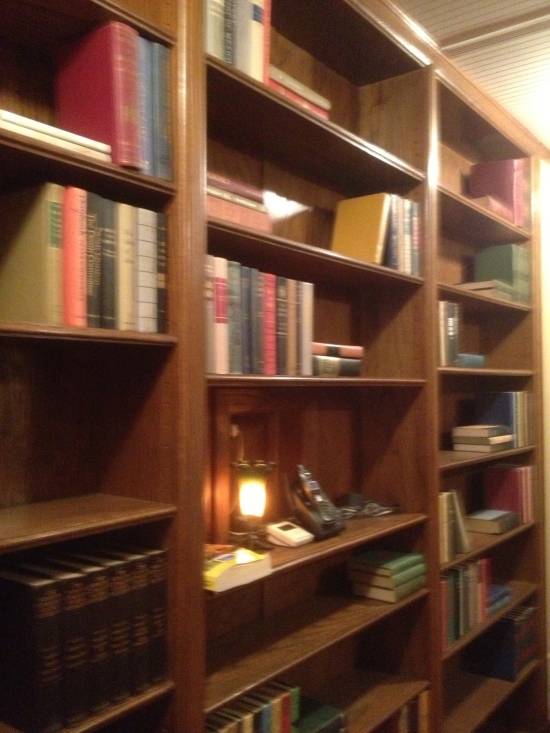
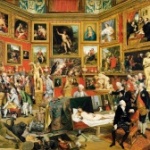
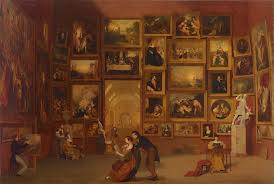





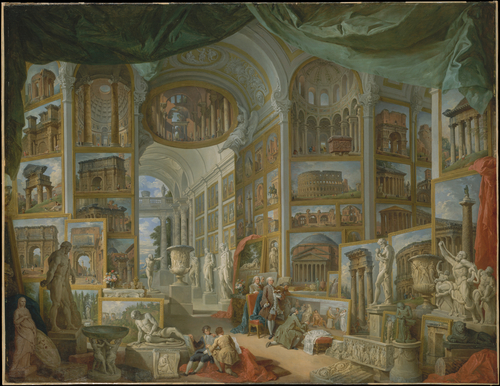

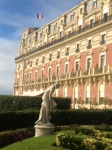

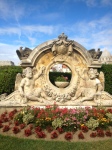




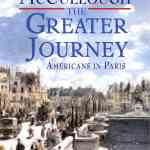

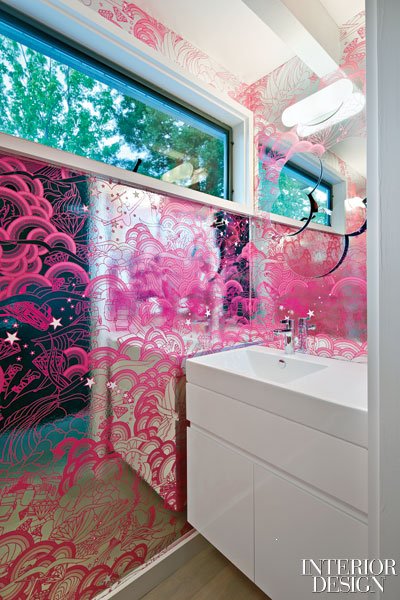



 Self-portrait (Degas au porte-fusain), 1855
Self-portrait (Degas au porte-fusain), 1855 The Dance Class (La Classe de Danse),1873–1876
The Dance Class (La Classe de Danse),1873–1876
